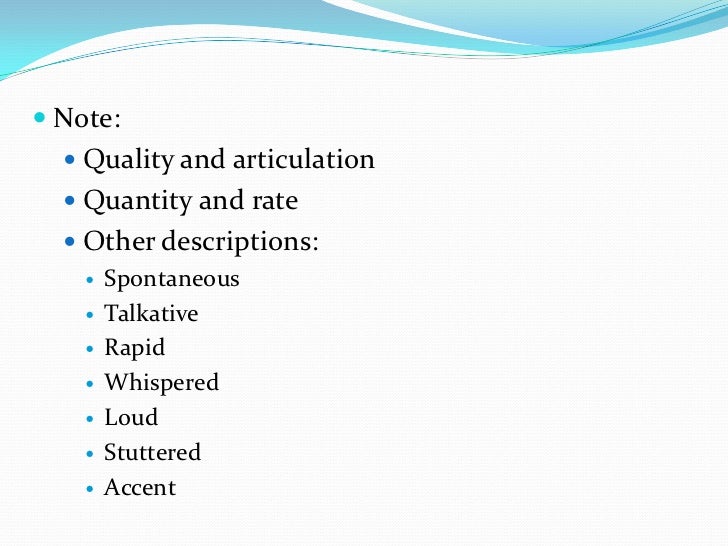

Although representational acting follows current fashion and trend when building archetypes for characters, an untrained actor risks portraying the character in a two-dimensional or stereotypical light, or even accused of 'overacting'. The execution of this technique usually carries with it a great exaggeration in speech and gesture - think Shakespeare's characters and how they are portrayed by trained classical actors as a basic example of this. A classic form is found for the character objective, which is then carefully monitored during the rehearsal process. Hagen explains it, is "flamboyant, external, formalistic" in illustrating the character's behaviour. The development of these techniques by Stanislavski could well have been a simpler breakdown of the two classic forms of acting, simply to help end the debate of what's considered 'proper technique'. This is just one example of many that could be construed, depending on the actor and the script. The limp may be built into the 'inner monologue' as being an Achilles' heel to his potential in life, then affecting his choice in personal appearance and dress, either portraying the image of a man defeated or a man on a constant search for victory, regardless of personal hinderance. Many times have both these techniques been used in conjunction for the development of the character for example, if your character is an old man who has a limp and whose lines portray him as cynical, this will certainly affect reaction times to onstage action and potentially his apathy towards other characters. The actor remains in control of the emotional input, while creating a "human experience" for the audience to witness. An inner monologue develops, creating a fluid 'train of thought' for the actor to use for a more natural and authentic emotional portrayal. The 'inner' technique starts with the stuff 'between the lines' in the script the character's personal history before the events of the play, relationships with other characters on stage, determining personality attributes by examining the character's reactions within the situations of the script. Such things as age, physical defects, posture, choice of dress and many other 'external' possibilities outlined in the script are used to shape the character's emotional state of mind.

Hagen talks about the Representational versus Presentational acting technique, "two approaches to acting that have been debated in the theater through the centuries." With Stanislavski's method, the 'outer' character building focuses on the external attributes of the character - as derived from the text - and allowing them to dictate how the character would react in certain situations given in the script. Similar to Stanislavski's "outer versus inner" character building technique, Ms. Whether they're childhood memories, personal morals or even table manners, they have all created a system of responses that are at your fingertips when it comes to a reference library to use in your acting technique. It can all relate to our own personalities and how we retain those experiences, how we recall them when retelling anecdotes from days or years ago. Stanislavski himself interviewed the finest actors of his day to determine the formula for a successful actor in his craft, finding that although certain techniques were common, they were given different approaches depending on the actor's conditioning. However, my suit won't fit you perfectly, it will need to be altered for your form in certain ways for your own preferences. I am a student of Stanislavski when it comes to building acting technique, learning about how his method is much like a fine-tailored suit specifically for the actor wearing it.


 0 kommentar(er)
0 kommentar(er)
